| Area | Mainstem Battle |
| Topic | Tour: Coleman Hatchery Plant Operations |
Coleman National Fish Hatchery is located in the Battle Creek watershed approximately eight miles upstream of the mouth. It is a major producer of chinook salmon for commercial and sport fisheries and was built in part to mitigate for the construction of Shasta Dam. Photo courtesy of U.S. Fish and Wildlife Service.
The Coleman National Fish Hatchery is run by the U.S. Fish and Wildlife Service and the white section of the stream shows the location of the hatchery weir where adult salmon are shunted into the hatchery. Adult holding ponds are immediately to the right of the weir. The large number of troughs in the center of the photo is for juvenile rearing. See Picture 3 for close up. The new, expanded ozonation facility is near the ponds at the lower center of the photo (see Picture 7 for close up). Photo courtesy of U.S. Fish and Wildlife Service.
U.S. Fish and Wildlife staff feed juvenile salmon and steelhead in raceways at the Coleman National Fish Hatchery. As many as 22 million juvenile salmon and steelhead may be produced at this facility per year. Photo courtesy of U.S. Fish and Wildlife Service.
The weir at Coleman Hatchery guides salmon and steelhead into the fish ladder for the facility. The weir prevents excess fall chinook salmon from moving up stream because of concerns over disease introduction into the hatchery water supply. Improved water treatment at the hatchery using ozone may eliminate disease concerns and allow additional access to upstream reaches. Photo courtesy of U.S. Fish and Wildlife Service.
Women at Coleman National Fish Hatchery fin clip and coded wire tag juvenile salmon to aid in studies of survival and contributions to fisheries. See Picture 6 for a close up of tagging. Photo courtesy of U.S. Fish and Wildlife Service.
Microscopic metal tags are inserted into the nose of chinook salmon fry and the adipose fin of the fish is also clipped. Fin-clipped fish are recovered by California Department of Fish and Game and bar codes are read using microscopes. This can help determine the survival of various hatchery release groups, timing of migration and distribution in the ocean and catch rate in sport and commercial salmon fisheries. Photo courtesy of U.S. Fish and Wildlife Service.
The photograph above shows the new ozonation facility at Coleman National Fish Hatchery. This state-of-the-art plant nearly eliminates the risk of disease introduction to the hatchery from intake water from Battle Creek. Photo courtesy of U.S. Fish and Wildlife Service.
This picture shows some of the equipment used for ozonation of the water supply for Coleman National Fish Hatchery, which should help prevent fish diseases. Photo courtesy of U.S. Fish and Wildlife Service.
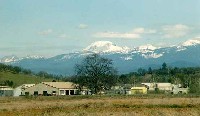 Click on image to enlarge (15K).
Click on image to enlarge (15K).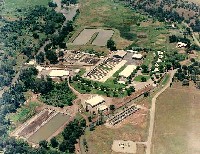 Click on image to enlarge (44K).
Click on image to enlarge (44K).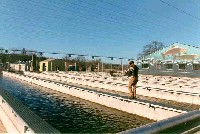 Click on image to enlarge (23K).
Click on image to enlarge (23K).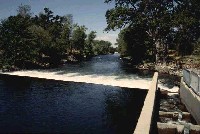 Click on image to enlarge (27K).
Click on image to enlarge (27K).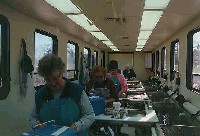 Click on image to enlarge (21K).
Click on image to enlarge (21K).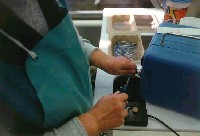 Click on image to enlarge (13K).
Click on image to enlarge (13K).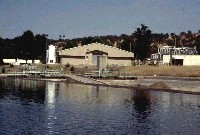 Click on image to enlarge (26K).
Click on image to enlarge (26K).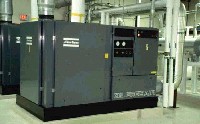 Click on image to enlarge (19K).
Click on image to enlarge (19K).
To view additional information (data source, aquisition date etc.) about this page, click Metadata
| www.krisweb.com |
